Chapter10 |
Reading |
The Monastery of Hosios Loukas (Saint Luke)
The Greek language has a long history of nearly 4000 years. In these spectacular mosaics from the Monastery of Hosios Loukas, one can see the influence of the 11th century monastic tradition on the language. Much like the inscriptions on Greek vase paintings, the reader can discover who the people and events in these mosaics are through brief inscriptions.
But there is a special challenge. By the Middle Ages, these inscriptions reveal abbreviations and ligatures (letters combined into one symbol), that make them somewhat harder to read--at least, the first time they are encountered, but become easier as one begins to recognize them. Why might these inscriptions be abbreviated? Do they reflect any traditions of writing in manuscripts of the Middle Ages?
These icons come from the narthex of the Katholikon (main church) and tell a story. The narthex is the place that the unbaptized remain while the divine liturgy takes place in the church proper. Why do you think these particular stories and saints are featured in the narthex for the catechumens (those studying to be initiated into the Church through baptism)?
As you read each one, write out the full text of each inscription. Then not only translate the words in the inscription, but also follow up and see what the story might be behind each scene or image.
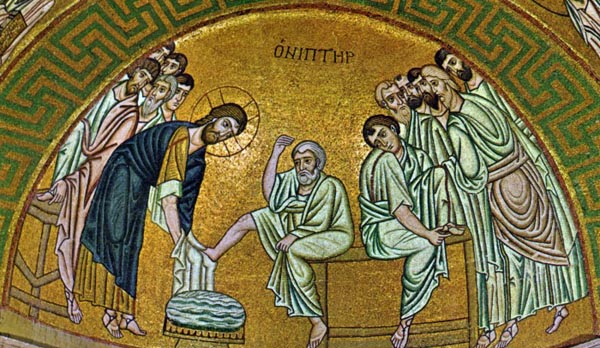
North side of the narthex

East side of the narthex
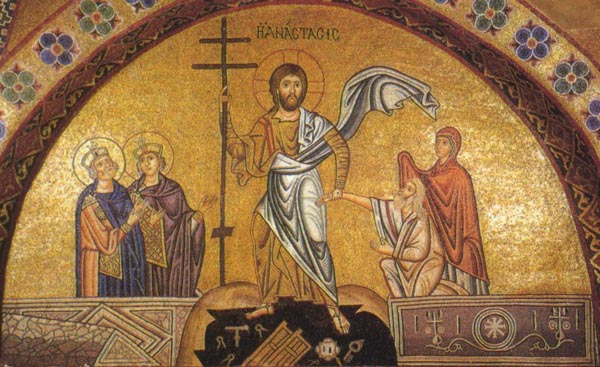
East side of the narthex
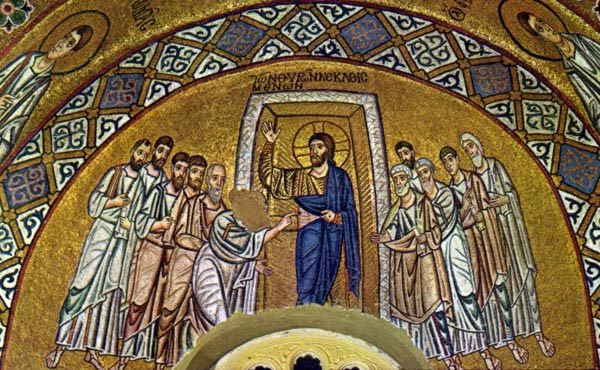
South side of the Narthex
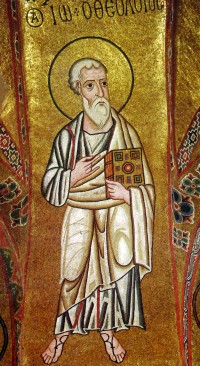 |
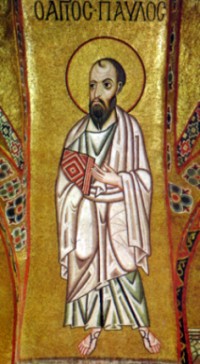 |
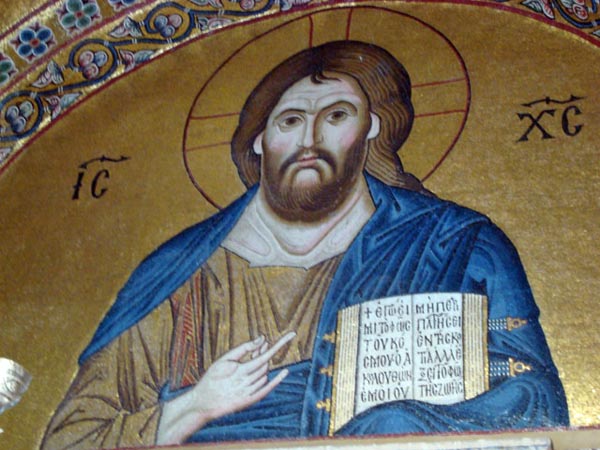
Over the door from the narthex into the nave (main part of the church).
The text of scripture is from the Gospel of John 8:12. The passage is especially good news for Philip.
After you have tried to transcribe the Greek, you can check it here.
BONUS: What do the first four scenes have in common?
The monastery, located in Phocis near the site of ancient Delphi, was built in the 11th century CE in honor of Saint Luke of Steiri (896-953), an ascetic who attracted others who wished to live his life of simplicity. During his life and after, he was known for healing many people. Like the oracle of Delphi, he had prophetic powers, having predicted, among other things, the liberation of Crete from Arab occupation, an event that occurred in 962, twenty years after he had foreseen it.
Photo credits: Image of the Pantocrater, John Gruber-Miller © 2007
All other images © copyright Hans Zimmerman, Quellen zum Weltbild der Antike und des Mittelalters